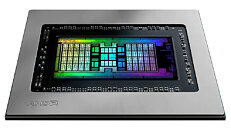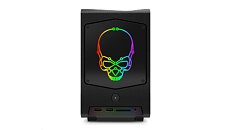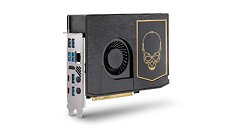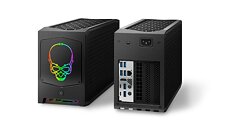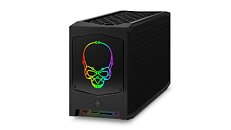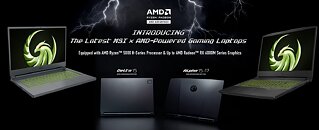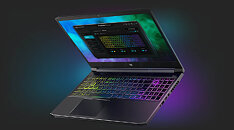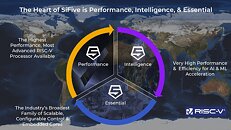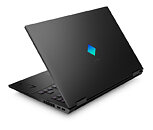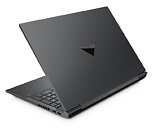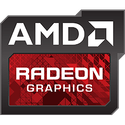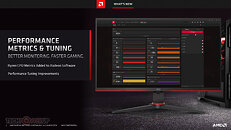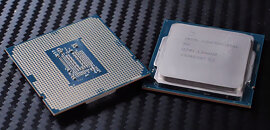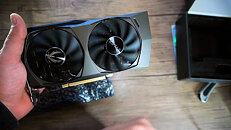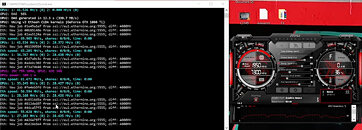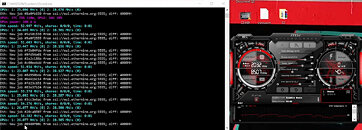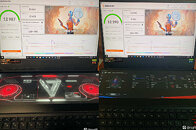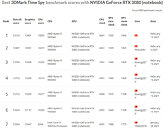
Intel Core i5-12490F Beats Core i5-12400F By 15% in Early Performance Benchmarks
A few days ago, we reported a strange Intel Core i5-12490F processor that appeared in the Chinese marketplace. The processor uses the C0 silicon that Intel sits on a pile of and repurposes it to make these odd chips for Asian markets. As we found out, this C0 silicon is a heavily cut-down version, with only six high-performance P-cores present. Compared to the regular Core i5-12400F, it has a bigger L3 cache arriving at 20 MB and slightly higher clock speeds where the base stands at 3.0 G and a boost frequency that manages to ramp up to 4.6 GHz. As a reference, the regular Core i5-12400F has 18 MB of L3 cache, a base frequency of 2.5 GHz, and a boost speed of 4.4 GHz.
Thanks to the early benchmarks, we have the performance numbers in two cases where Intel's Core i5-12490F model is compared to the regular Core i5-12400F. According to the GeekBench data, the first case proves that higher clock speeds of the strange processor, coupled with higher L3 cache, prove to be of help as the single-threaded performance grows by 10%. In comparison, the multi-threaded results show an even more considerable improvement at 15%. The second test shows smaller margins compared to the Core i5-12500, where the Core i5-12490F processor now only leads by 2.5% and 5% in single-threaded and multi-threaded workloads, respectively. This indicates that we have to wait for more benchmarks to see how this design stands in the Alder Lake family and see just how big of an improvement comes from higher frequencies and bigger L3 cache.
Thanks to the early benchmarks, we have the performance numbers in two cases where Intel's Core i5-12490F model is compared to the regular Core i5-12400F. According to the GeekBench data, the first case proves that higher clock speeds of the strange processor, coupled with higher L3 cache, prove to be of help as the single-threaded performance grows by 10%. In comparison, the multi-threaded results show an even more considerable improvement at 15%. The second test shows smaller margins compared to the Core i5-12500, where the Core i5-12490F processor now only leads by 2.5% and 5% in single-threaded and multi-threaded workloads, respectively. This indicates that we have to wait for more benchmarks to see how this design stands in the Alder Lake family and see just how big of an improvement comes from higher frequencies and bigger L3 cache.
































